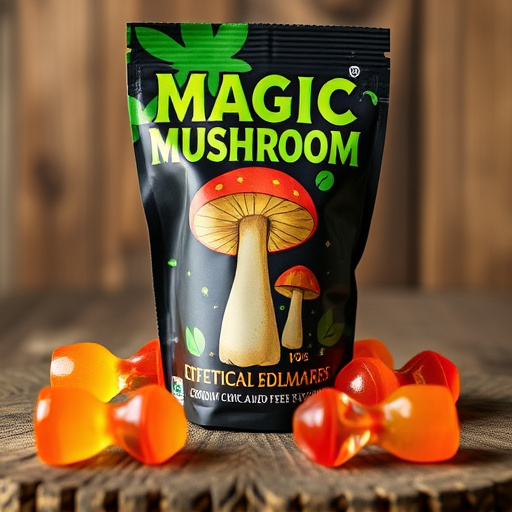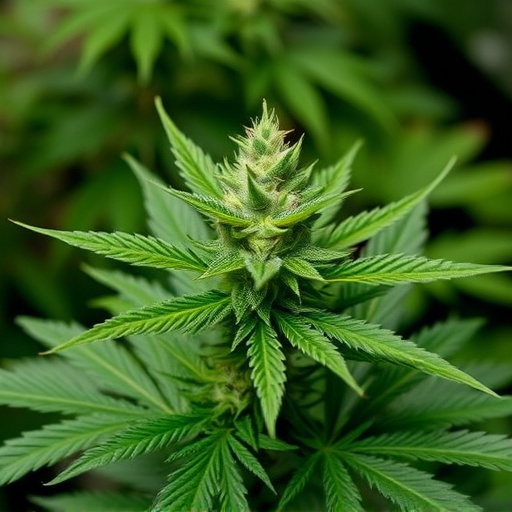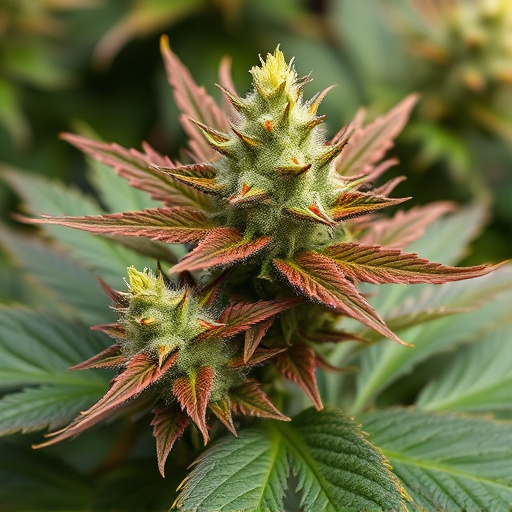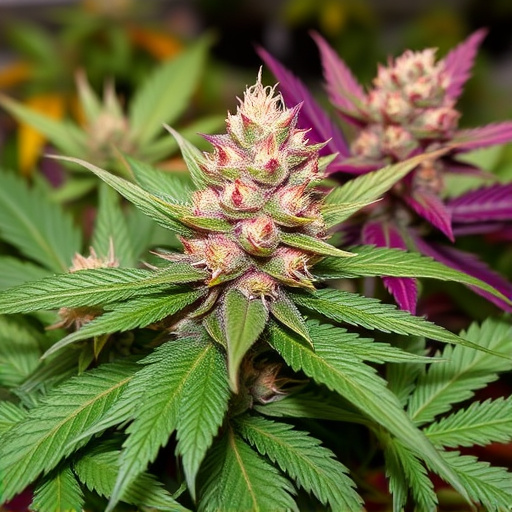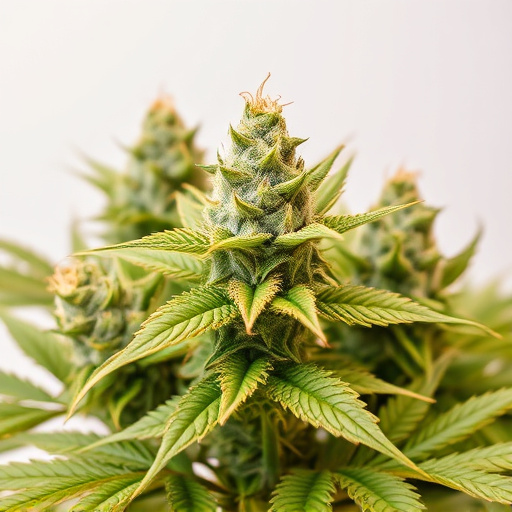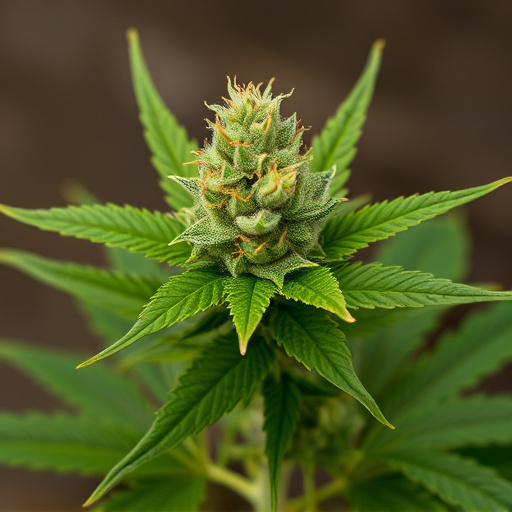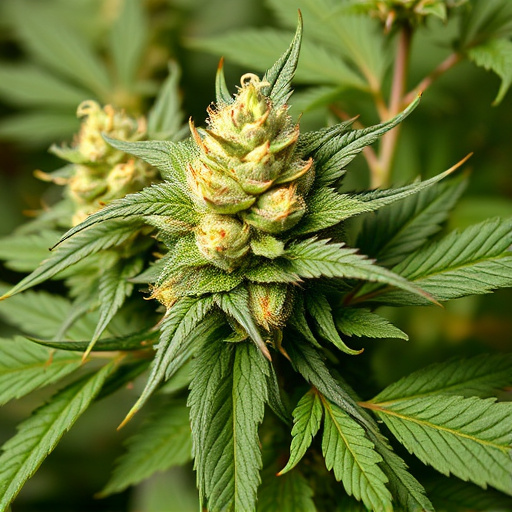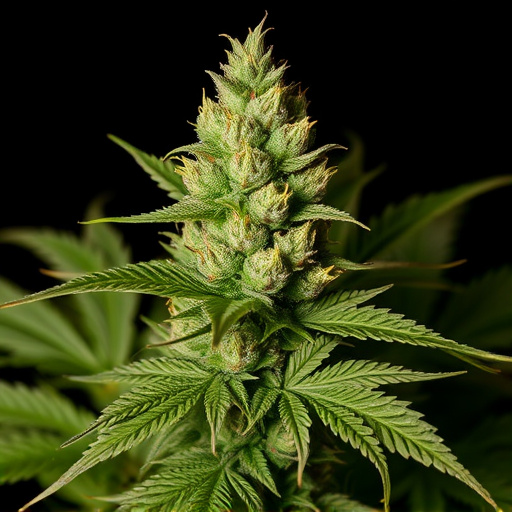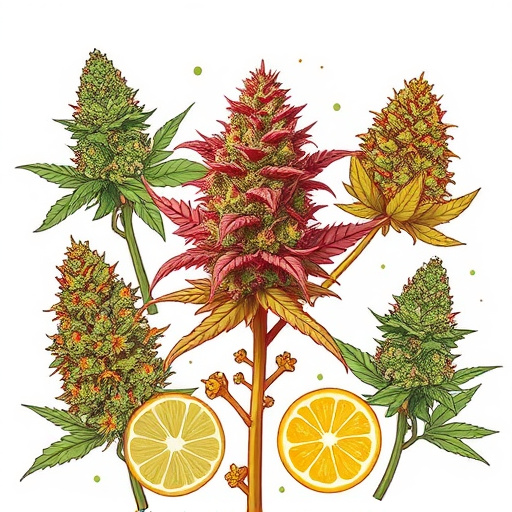Drug testing techniques have evolved significantly in detecting cannabis and its active compound THC, with traditional urine analysis supplemented by blood and hair follicle tests offering extended detection periods. These tests are crucial for workplace safety, legal cases, and regulated environments, especially considering the diverse THC concentrations and extraction processes across sour cannabis strains. Understanding THC's detection range and various sources is vital for passing drug tests. Factors like THC concentration, consumption method, metabolism, body composition, and environmental conditions create challenges, underscoring the need for standardized methods to ensure fair and consistent testing outcomes.
“Uncover the surprising ways weed can appear on drug tests, a topic that goes beyond mere smoke signals. This article navigates the intricate world of drug testing methods and explores how THC, the active compound in cannabis, plays a pivotal role in detecting its use. We delve into the unique challenges posed by sour cannabis strains, examining factors influencing their detectability. Whether you’re curious about testing procedures or the science behind cannabis detection, this guide offers valuable insights.”
- Understanding Drug Testing Methods
- The Role of THC in Detecting Weed Usage
- Factors Affecting the Detection of Sour Cannabis Strains
Understanding Drug Testing Methods

Drug testing methods have evolved significantly over the years, with various techniques employed to detect substance use. One common area of interest is the detection of cannabis, particularly its active compounds like THC (tetrahydrocannabinol). Traditional drug tests often rely on urine analysis, where lab technicians search for the presence of THC metabolites. However, advancements in technology have introduced more sophisticated methods, such as blood and hair follicle testing, which can provide longer-term detection windows.
These tests are crucial in various settings, from workplace safety to legal proceedings, as they help ensure compliance and maintain a safe environment. With the increasing accessibility of sour cannabis strains and varying concentrations of THC, understanding these testing methods is essential. Different extraction processes and plant variations can impact test results, highlighting the need for accurate interpretation and, where necessary, confirmation tests.
The Role of THC in Detecting Weed Usage
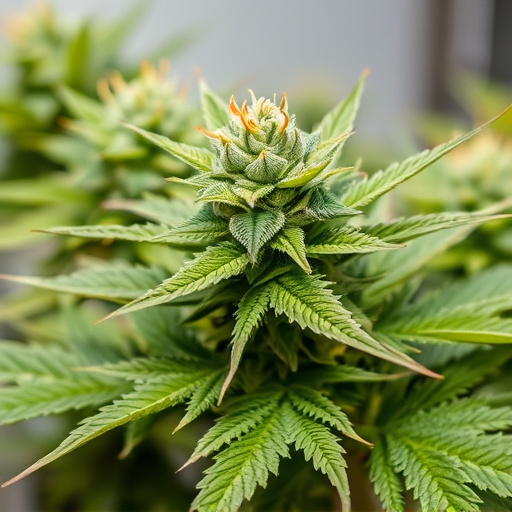
The primary compound that drug tests look for in order to detect weed usage is THC, or tetrahydrocannabinol. This psychoactive chemical is found in various parts of the cannabis plant, including its leaves, stems, and flowers—particularly in what are known as sour cannabis strains. When a person consumes cannabis, whether through smoking, vaping, or edibles, THC enters their bloodstream via the lungs or digestive system. Once there, it binds to fat cells in the body, leading to its detection in drug tests up to 30 days after use, depending on factors like frequency and amount consumed.
Standard drug tests typically screen for THC using immunoassay or gas chromatography-mass spectrometry (GC-MS) techniques. Immunoassays detect THC or its metabolites directly in urine or blood samples, while GC-MS provides a more precise analysis, identifying specific chemicals that confirm the presence of THC. Given the long detection window and the wide variety of cannabis products available, understanding how THC is detected and its persistence in the body is crucial for anyone concerned about passing drug tests.
Factors Affecting the Detection of Sour Cannabis Strains
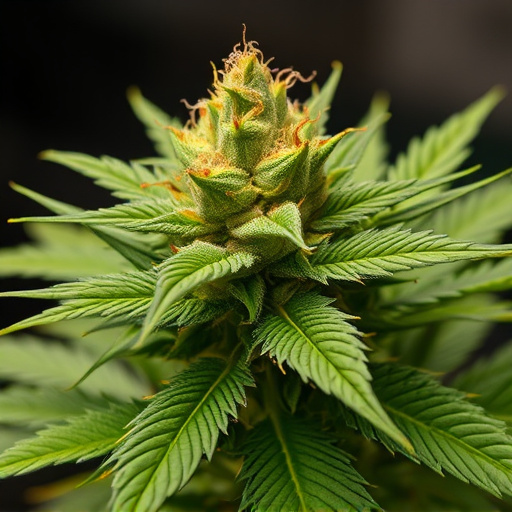
Several factors influence the detection of sour cannabis strains in drug tests. One key factor is the concentration of THC (tetrahydrocannabinol), the primary psychoactive compound in cannabis. Higher concentrations of THC increase the likelihood of a positive test result, as it’s one of the most commonly detected cannabinoids. The method of consumption also plays a role; edibles and concentrated forms of cannabis, like oils or waxes, can lead to longer detection windows compared to smoking or vaping, due to the body’s processing time for ingested substances.
Another significant factor is the individual’s metabolism and body composition. Factors such as weight, age, gender, and overall health can affect how quickly and efficiently THC is metabolized and eliminated from the body. Additionally, environmental variables like temperature and humidity can impact the stability of cannabis metabolites during testing procedures, potentially affecting the accuracy of results. These variables underscore the complexity of detecting sour cannabis strains in drug tests, highlighting the need for precise, standardized methods to ensure fair and consistent outcomes.
Weed, or cannabis, can still be detected in drug tests even after its consumption due to the presence of tetrahydrocannabinol (THC), the primary psychoactive compound. Understanding how THC is identified through various testing methods is key, especially when considering the unique characteristics of sour cannabis strains. Factors like cultivation techniques and terpene profiles can impact the detection window and accuracy, making it crucial for individuals to be aware of these variables. By staying informed, users can navigate drug testing scenarios more effectively, ensuring fairness and accuracy in a rapidly evolving legal landscape for cannabis.






